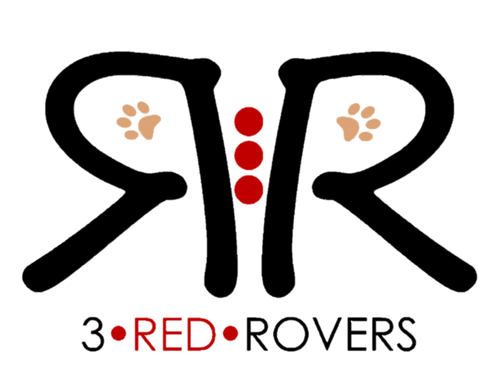
Personally... the keepers of this Mama's heart....
The predecessors to today's Labrador retriever actually originated in Newfoundland (not Labrador). In the early 1800s, a breed called the St. John's water dog, also known as the lesser Newfoundland, was used on fishing boats. These dogs were known for their prowess in the water, good work ethic, and friendly nature.
British nobles visiting Newfoundland took interest in the dogs. They brought some back to England to serve as gun dogs in retrieving waterfowl during hunts. They also continued to refine the breed in England as it was dying out in Newfoundland. And ultimately they came up with the breed standard we know today.
The American Kennel Club first recognized the Labrador retriever in 1917. And the Lab has consistently ranked as one of the most popular dog breeds in the U.S. in recent years.
Labs are best suited for homes where they can get plenty of exercise and training. They are high-energy dogs that need lots of attention. Their grooming is fairly simple, though they do shed quite a bit.
Labrador retrievers have served more purposes than just being excellent companions. Though that task is undoubtedly important, there are many other duties that labs have been known to fill throughout history.
In the past, Labrador retrievers were primarily used to retrieve wild game from bodies of water. They were used as hunting dogs due to their aptitude for partnership, keen intelligence, and love for the water.
These days, Labrador retrievers can still be used for hunting, but they are often purchased as family pets. They are incredible service dogs, guide dogs, scenting dogs, arson task force dogs, performance dogs, and search and rescue dogs.
content combined from AKC and National Labrador Retriever Day material
